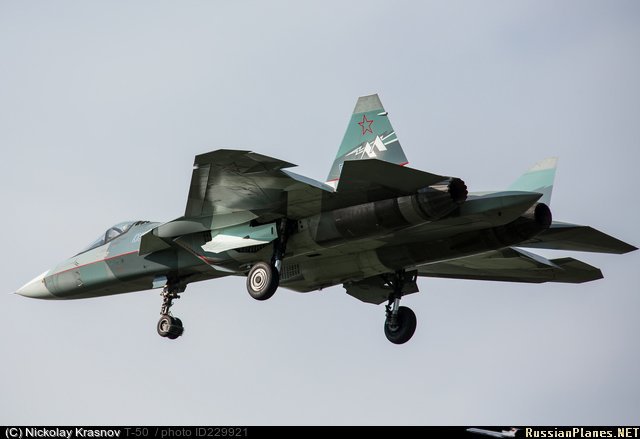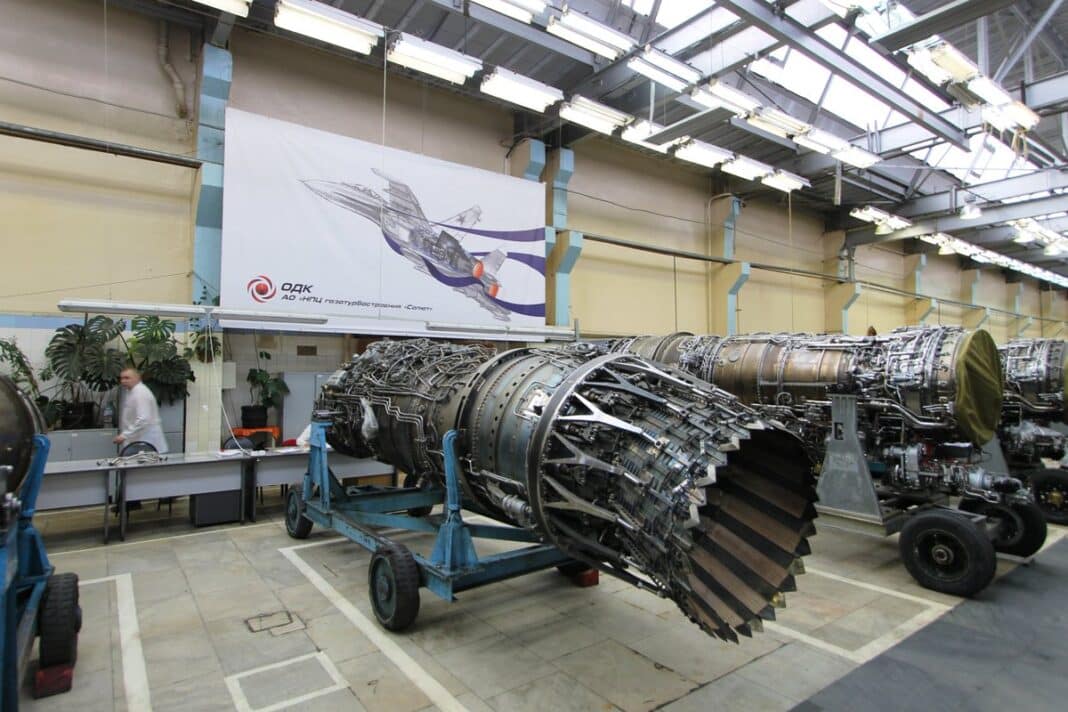Among the many innovations brought by the program of new generation Russian fighter Su-57, the new turbojet designated temporarily by the code Izdeliye 30 (object 30), will probably have been the most complex. It must be said that the ambitions carried by this program are on the scale of those of the Su-57 itself!
If the first flight of the first T50, the demonstrators of the Su57 program, took place in 2010, the first appearance of the Izdeliye 30 turbojet only dates from December 5, 2017, and again, it only fitted one of the two engine cells of 'one of the demonstrators. Indeed, the entire Su-57 program was developed on the basis of another engine, the Izdeliye 117, an engine from the AL41 family of NPO Saturn which powers the Su35s, and soon the modernized Su30SM. If this engine offers remarkable performances, such as a dry thrust of 9 tons and 14,5 tons with post-combustion, and a vector flow offering excellent maneuverability to the aircraft, it is nonetheless a “old” and typically Russian design with, for example, a relatively short lifespan of 6000 flight hours.

The new Izdeliye 30 engine aims to break with the traditional design of Russian turbojets, by offering a much longer lifespan (although we do not know exactly how much), the ability to re-capitalize an engine without having to change it. (a purely Western feature today), fully digital piloting connected to the flight computer. But the fundamentals have not been neglected, with a dry thrust of more than 10 tonnes and more than 17 tonnes in post-combustion. In addition, its fuel consumption would have been reduced by 30%, the management of the vectored thrust would have been optimized by digital control, and the engine would allow a super-cruise flight for the Su-57, i.e. a flight supersonic without using the very fuel-intensive afterburner. Note that this last characteristic, initially integrated into the “definition” of the 5th generation of combat aircraft, mysteriously disappeared when it became obvious that the F35 would not be equipped with it, unlike the F22, at Typhoon, Gripen E/F or Rafale.
Now the engine would be reliable enough to start a new test campaign, and would already have performed 16 flights to test various configurations and areas of flight, in particular the operation under negative g and the optimization of the mouse, according to Anatoly Serdyukov, the aeronautical industrial director of Rostec, the Russian armaments giant. It remains to be seen when the new engine from engine manufacturer NPO Saturn will actually be available. While it had to equip the pre-series aircraft whose delivery of the first copy should take place within a few days, the latter will therefore still be equipped with 117S turbojets, like the prototypes, not allowing the full scope of the field to be opened. theft of the device.

This example clearly illustrates the difficulty and the technicality of designing a high-performance engine to propel a combat aircraft, even for companies with extensive experience in the field. There are only 5 companies with this capacity today: the Americans Général Electrique and Pratt & Whitney, the British Rolls-Royce, the Russian NPO Saturn and the French Safran. China invests considerable energy to acquire this specific know-how, which would allow it to really join the club of the great aeronautical nations.

